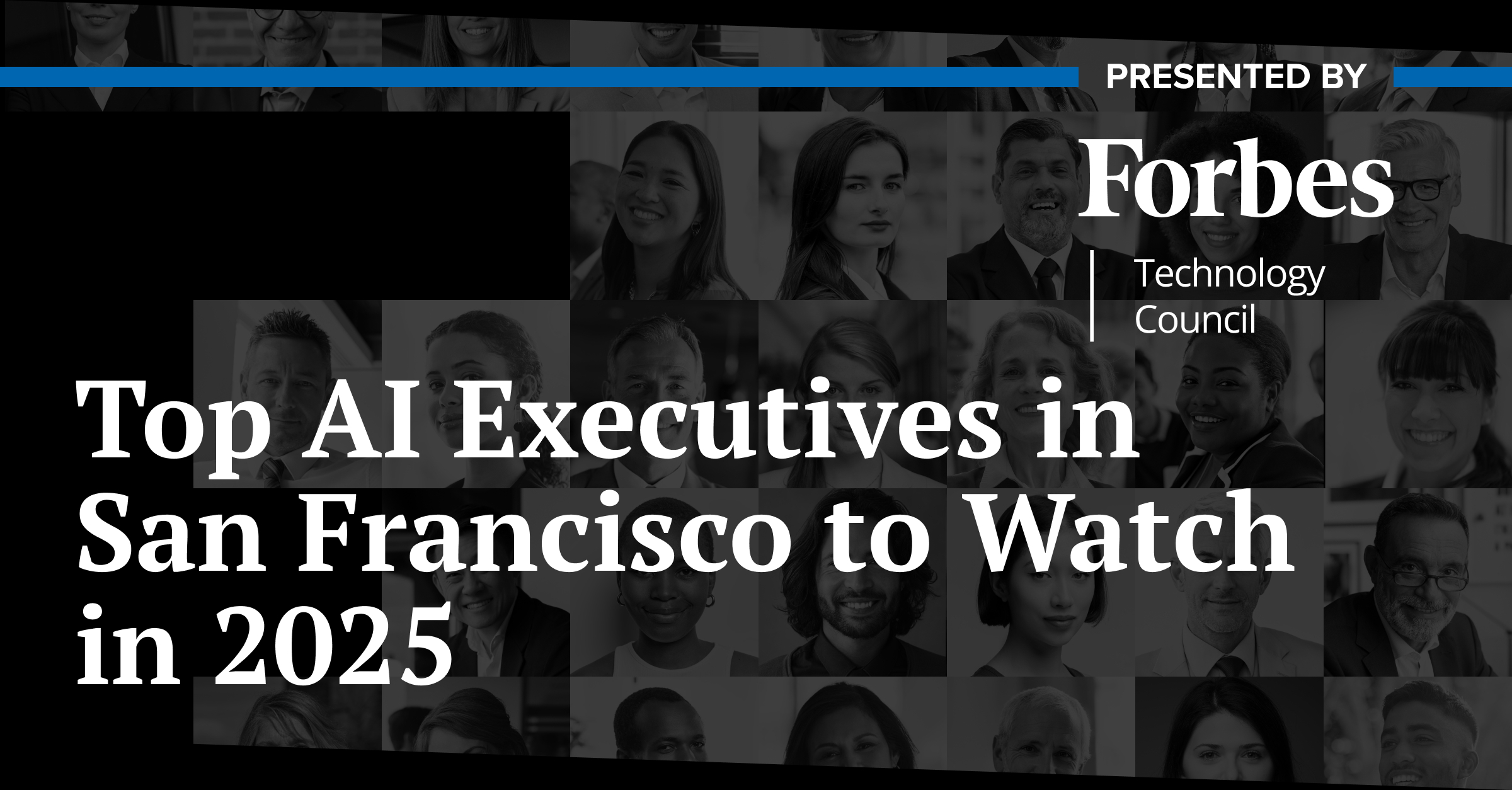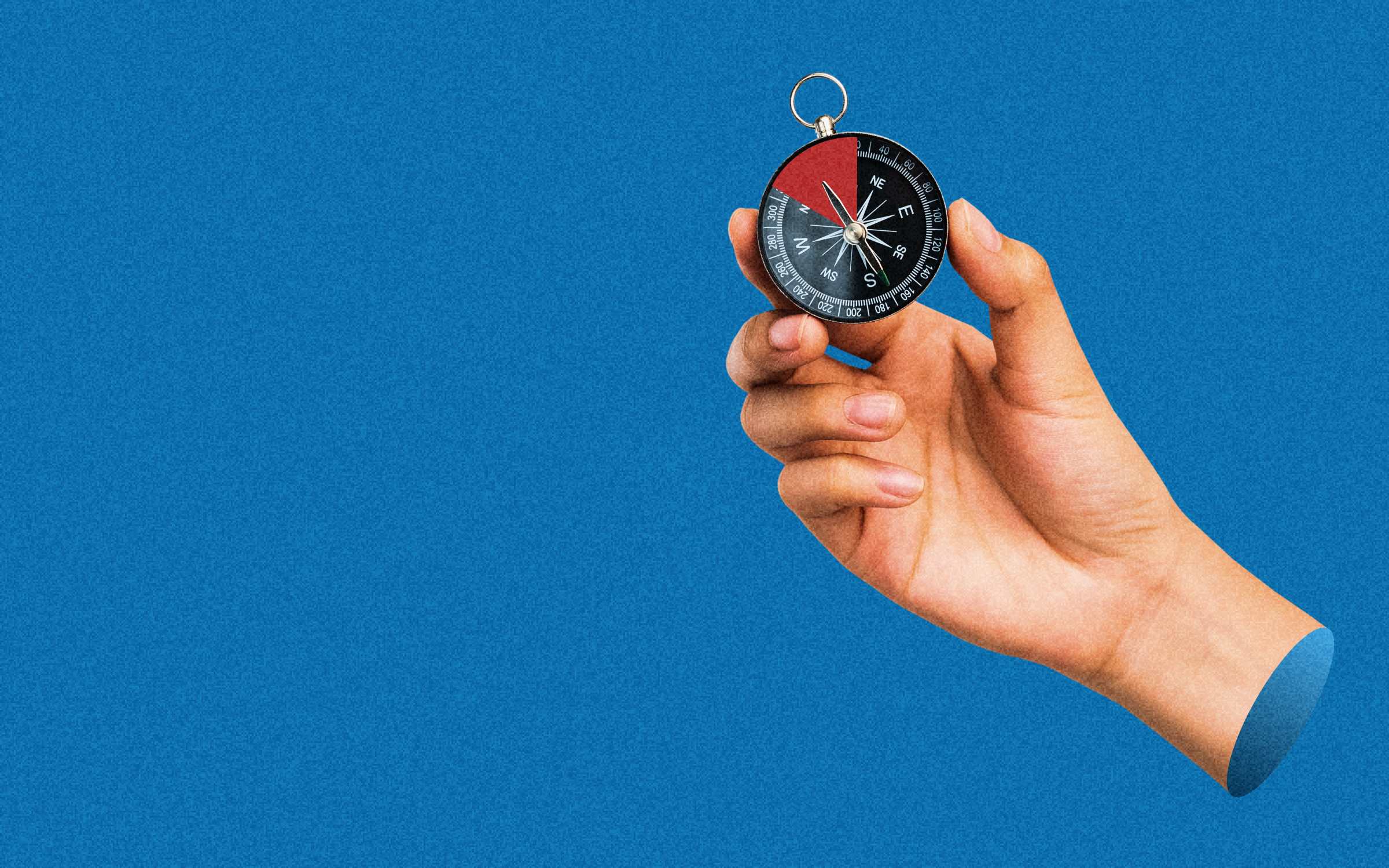If you’re serious about diversity, equity, inclusion and belonging (DEIB) — and everyone should be — it’s important to keep expanding your knowledge. A good way to do that is by reading widely, learning from the best so you can improve your organization’s approach to DEIB. But where should you start?
To help, we’ve gathered some of the best books about this topic, written by authors who combine lived experience with DEIB expertise. Our list will help you build your understanding of inclusion — while helping you learn how to avoid personal bias and lead with allyship.
Of course, this could be a huge list. However, we’ve chosen to focus on books specific to DEIB in the workplace. If you’re looking for a broader selection, check out this anti-racist reading list from Ibram X. Kendi for “The New York Times.”
See our top 10 picks below.
“Leading Below the Surface” by LaTonya Wilkins
- Pages: 196
- Summary: The values in your mission statement are meaningless if your commitment to DEI is only surface level. Wilkins’ book explores how your team can rebuild its culture and create a sense of inclusion for employees. The book also explores how some of the most rewarded business behaviors (the author cites the focus on speed, excellence and obsession with customers) make it impossible to create belonging.
- Why it’s a must-read: This book aims to help executives create DEI 2.0 and build cultures of belonging. “Leading Below the Surface” gathers true stories, tips and strategies for applying this leadership style. Wilkins shows the importance of starting with self-improvement and self-awareness. You’ll also learn how to practice empathy and create psychological safety for your team.
“The Leader’s Guide to Unconscious Bias” by Pamela Fuller and Mark Murphy with Anne Chow
- Pages: 304
- Summary: “The Leader’s Guide to Unconscious Bias” explains why bias is a part of the human condition and how interactions based in bias can affect the success of your organization. Experts from leadership transformation company FranklinCovey provide a guide to understanding and overcoming unconscious bias.
- Why it’s a must-read: We’re all biased, but when we identify and understand our biases, we can overcome them. This book has more than 30 tools to help you recognize and move past your own biases. That includes a list of ways to identify and reframe your unconscious thoughts.
- Pages: 201
- Summary: Overt discrimination may be easy to spot, but subtle actions can exclude employees at your organization. Jana and Baran provide a practical guide to identifying these microaggressions and lay out how to stop them. This book can guide you toward a company culture of belonging for all employees.
- Why it’s a must-read: By reframing microaggressions as “subtle acts of exclusion,” the authors make it easier to identify acts that may have previously been unnoticed. Jana and Baran also provide clear tools, scripts and action plans to help you address discrimination.
“Inclusion Revolution: The Essential Guide to Dismantling Racial Inequity in the Workplace” by Daisy Auger-Domínguez
- Pages: 353
- Summary: As your company and consumers reckon with race, this book provides a step-by-step guide to confronting racial bias in the workplace. This book answers why diversity training fails, the shortcomings of a “colorblind” office and how teams can move toward equity.
- Why it’s a must-read: The first step to leveling up your DEIB program is understanding where your initiatives fall short. This book explores the limitations of popular approaches to DEI and can help you identify well-intended programs that often fail completely. Auger-Domínguez also presents a research-based roadmap for managing companies in a racially inclusive way.
“Demystifying Disability: What to Know, What to Say, and How to Be an Ally” by Emily Ladau
- Pages: 169
- Summary: Ladau’s book acts as an actionable, thoughtful guide that can help you become an ally for people with disabilities. “Demystifying Disability” outlines actionable steps for what to say and do to create inclusion.
- Why it’s a must-read: DEIB isn’t just about race. People with disabilities represent 15% of the world’s population. However, lack of accommodations and understanding uphold ableism. This guide helps you learn how to avoid these pitfalls, how to talk about disability, how to create accessibility and much more.
“Diversity Beyond Lip Service: A Coaching Guide for Challenging Bias” by La’Wana Harris
- Pages: 177
- Summary: In order to achieve equity, people with more privilege must use their advantages to create equal access to opportunities for marginalized groups. However, people often support diversity initiatives until they feel they must give up some of their power to support others. Harris helps readers realize that sharing power isn’t the same as sacrificing it. This book guides leaders through this challenge and others on the road to inclusion.
- Why it’s a must-read: In this book, Harris shares her “inclusion coaching” approach, which helps companies and individuals do the work to prepare, implement and sustain inclusive organizational cultures.
“The Wake Up: Closing the Gap Between Good Intentions and Real Change” by Michelle MiJung Kim
- Pages: 288
- Summary: When it comes to social change, even leaders with the best intentions make mistakes and cause unintended harm. In “The Wake Up,” Kim explores how to go beyond performative allyship and create lasting change internally — as well as in the world at large. Kim shares some key ideas that are often overlooked in conversations about DEIB, such as understanding invisible obstacles, the domino effect of lack of access, and the distinction between comfort and safety.
- Why you should read it: This book enables readers to assess where they are as an ally today, then helps readers move forward by exploring their reasons for committing to DEI work. Kim shares hard questions you can ask to test your commitment to DEIB, which can help you guide your organization to get real results in this area.
“How to Talk to Your Boss About Race” by Y-Vonne Hutchinson
- Pages: 320
- Summary: Talking about race in the workplace can be tricky and uncomfortable. However, these conversations are essential for dismantling racism in the workplace. This book provides a practical toolkit for talking with your company’s leadership about real, anti-racist action.
- Why it’s a must-read: Hutchinson helps you move from being a well-intentioned, but performative ally to understanding how power operates in the workplace. The book also shows how we can use our personal power to dismantle racism with tangible tools and guides.
“We Can’t Talk about That at Work!” by Mary-Frances Winters
- Pages: 184
- Summary: This book shows how to approach difficult conversations on topics that are often considered taboo in the workplace — that includes discussions of race, religion and politics. The goal is to help you face and undermine stereotypes.
- Why it’s a must-read: Winters shares expertise in creating inclusive work environments and offers tools to help you become aware of your own biases. You’ll also understand the necessary nuances when communicating with people from other cultures and backgrounds.
“DEI Deconstructed: Your No-Nonsense Guide to Doing the Work and Doing It Right” by Lily Zheng
- Pages: 184
- Release date: October 25, 2022
- Why you should pre-order: Our last bonus book hasn’t even hit the shelves yet! Lily Zheng has made a name for themself on LinkedIn and elsewhere with their straight talk about DEIB. Their forthcoming book is highly anticipated as a comprehensive, actionable guide to DEIB strategies. This guide helps bridge the gap between theory and practice, providing actionable steps that result in measurable outcomes and true change.






